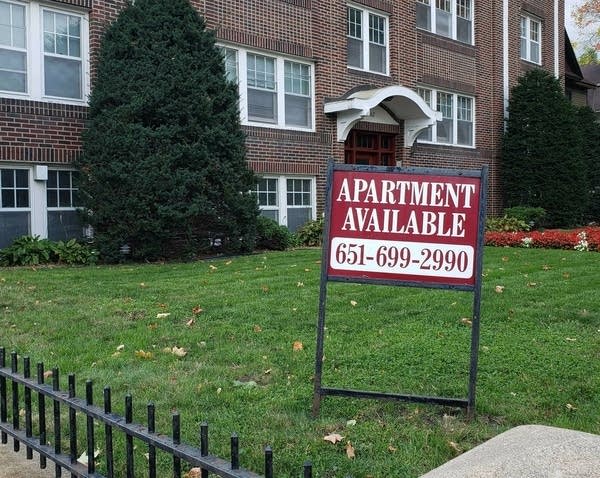What’s on the ballot: Rent control

A sign advertises an apartment for rent in St. Paul.
MPR News file
Go Deeper.
Create an account or log in to save stories.
Like this?
Thanks for liking this story! We have added it to a list of your favorite stories.


